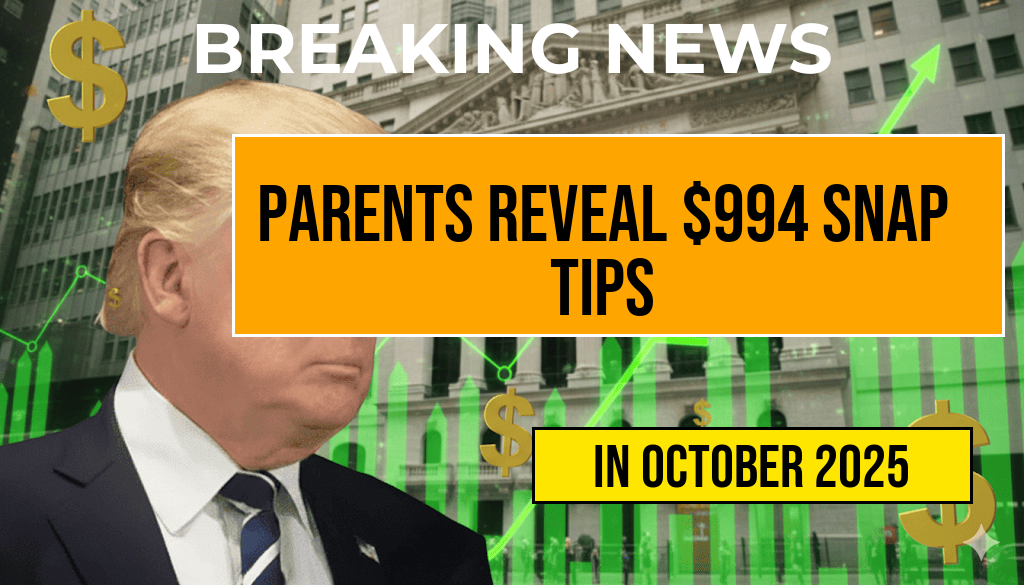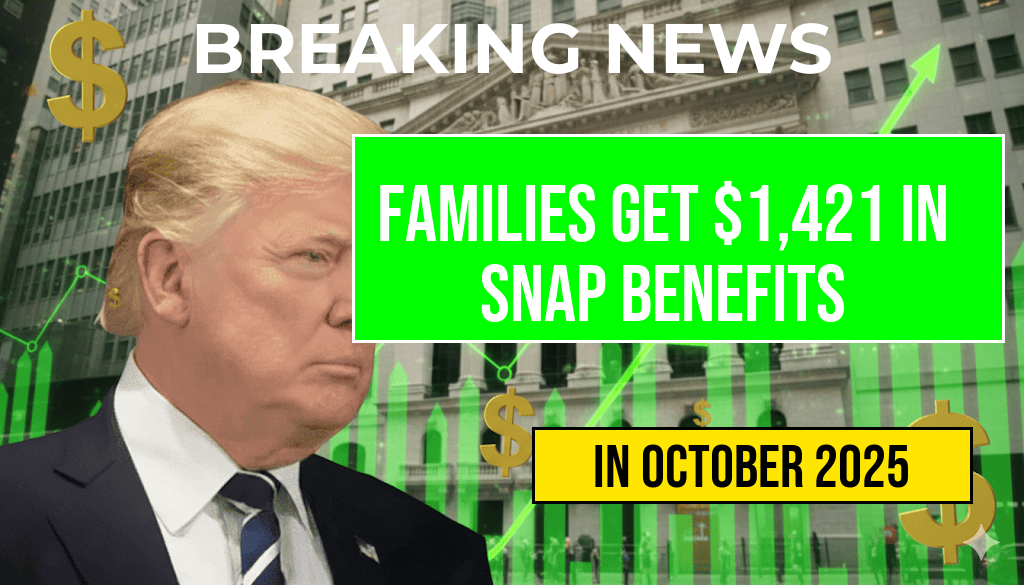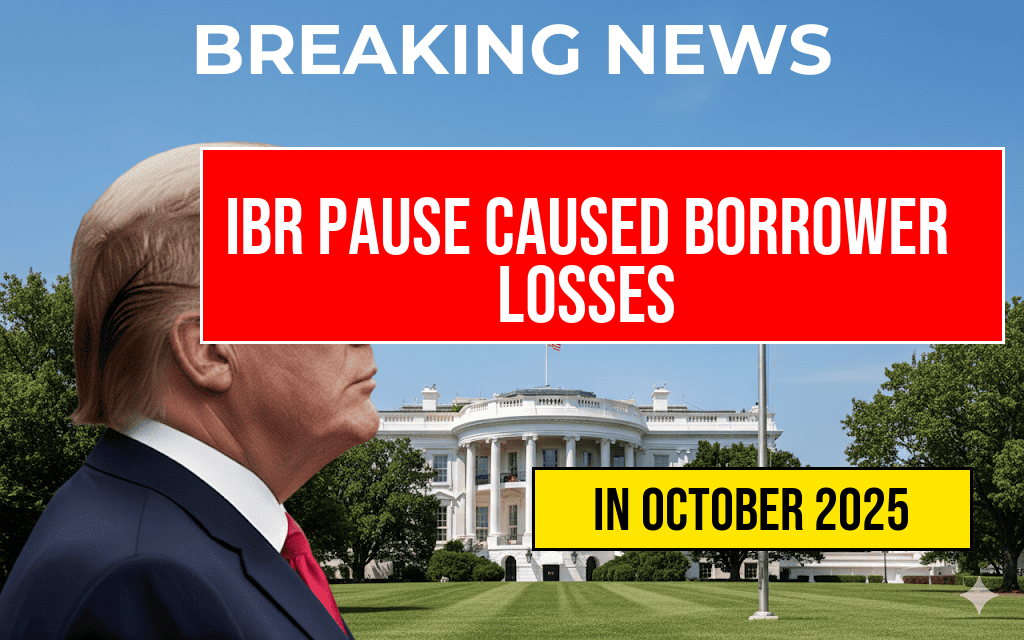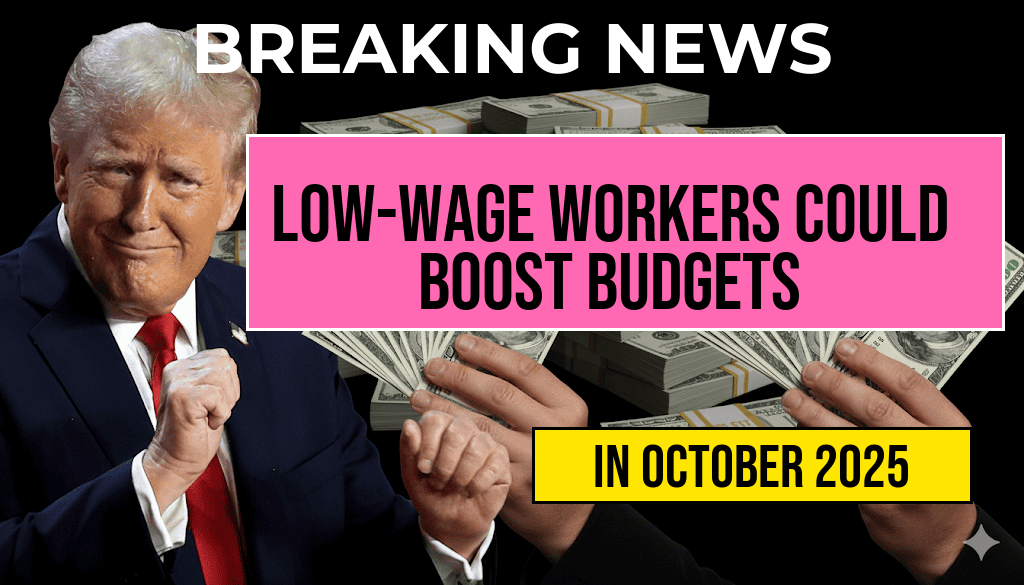The ongoing debate over restaurant workers’ wages in Washington, D.C., highlights a significant disparity between the city’s mandated minimum salary and the actual earnings many servers and bartenders receive. Currently, D.C. enforces a $10 per hour minimum wage for tipped employees, a rate that translates into an annual gross income of roughly $20,800 based on standard hours. However, industry reports and worker advocates point out that this falls short compared to the prevailing market rate of approximately $12 per hour—amounting to an annual income of about $24,960 for similar roles—leaving a $4,160 annual gap. This discrepancy raises concerns about whether current wage policies adequately support restaurant workers amid rising living costs, especially in a city known for its steep housing and inflation pressures. As stakeholders debate the implications of wage standards, the core question remains: should D.C. increase its minimum wage for tipped workers to reflect the true market value, or maintain the existing baseline?
Understanding the Wage Landscape in D.C.
Current Wage Policies and Legal Frameworks
Washington, D.C., operates under a wage structure that distinguishes between tipped and non-tipped employees. Under the District’s minimum wage law, as of 2023, the $10 rate for tipped workers is set to gradually increase, with plans to reach $15 per hour by 2027. This policy aligns with federal rules, which permit restaurants to pay tipped employees a lower base wage provided tips bring total earnings up to at least the federal minimum wage of $7.25 per hour. However, D.C. has voluntarily set higher standards, aiming to provide better support for service industry workers.
Yet, despite these legal frameworks, many restaurant employees report that actual earnings often fall below the mandated minimum due to fluctuations in tips, especially during slow seasons or in establishments with inconsistent patronage. As a result, workers frequently rely heavily on tips to meet basic expenses, exposing them to income volatility.
Market Rate vs. Legal Minimums
| Wage Rate | Annual Income (based on 40 hours/week) | Notes |
|---|---|---|
| $10/hour | $20,800 | Current minimum wage for tipped employees |
| $12/hour | $24,960 | Typical market rate for experienced servers |
| $15/hour | $31,200 | Proposed higher standard in some advocacy discussions |
Stakeholder Perspectives and Economic Impacts
Worker Advocates Push for Higher Wages
Organizations representing restaurant workers argue that the $10 minimum wage no longer reflects the economic realities faced by employees in D.C. They highlight rising living expenses, especially in housing, transportation, and healthcare, which outpace the current wage standards. According to a 2022 report from the National Employment Law Project, many tipped workers in D.C. struggle to meet basic needs even with tips included. Advocates suggest raising the minimum wage for tipped employees to at least $12 or more, aligning with the market average and helping reduce income disparities.
“The wage gap of over $4,000 annually is a significant hardship,” said Maria Lopez, a local workers’ rights advocate. “If we want to retain experienced staff and attract new workers, wages must reflect actual economic conditions.”
Restaurant Industry Concerns
On the other side, restaurant owners and industry groups caution that increasing the mandated minimum wage could lead to higher operational costs. They point out that labor expenses are a major component of restaurant budgets and fear that significant hikes could force some establishments to reduce staffing levels, limit hours, or increase menu prices. In a city with a competitive dining scene, these changes could impact service quality and customer satisfaction.
“While supporting our workers is essential, we must balance this with economic sustainability,” said John Carter, president of the D.C. Restaurant Association. “Gradual increases help, but sudden jumps could threaten the viability of some businesses.”
Broader Context and Policy Debates
Comparison with Other Cities
Many larger cities, such as New York and San Francisco, have adopted higher minimum wages for tipped workers—often exceeding $15 per hour—aiming to address similar disparities. These cities also implement policies that enforce regular wage reviews, ensuring that earnings keep pace with inflation and cost-of-living adjustments. D.C.’s approach remains somewhat cautious by comparison, with advocates urging a faster pace of wage increases.
According to [Wikipedia’s entry on minimum wages](https://en.wikipedia.org/wiki/List_of_minimum_wages_in_the_United_States), several jurisdictions have begun phasing in higher standards, citing economic fairness and workforce stability as key reasons.
Potential Policy Changes and Future Outlook
As discussions continue, city officials face pressure from both labor groups and industry representatives. Some propose a compromise: incrementally raising the tipped minimum wage to close the $4,160 annual earnings gap over the next few years, coupled with targeted support programs for low-income workers. Others advocate for a more immediate increase to better reflect market realities.
Residents and policymakers are also examining broader economic factors, such as inflation, housing affordability, and the impact of wage policies on small businesses. The outcome of these debates will shape the future of employment standards in D.C., setting a precedent for other cities grappling with similar issues.
Implications for Workers and the Local Economy
Ultimately, the wage debate underscores the challenge of balancing economic sustainability with fair compensation. For restaurant workers, the difference between the current $10 per hour minimum and the market rate of around $12 to $15 per hour translates into thousands of dollars annually, influencing their ability to afford housing, healthcare, and other essentials. For the city, policy decisions will impact workforce stability, business operations, and the broader economic landscape.
As D.C. navigates this complex issue, stakeholders agree that sustainable solutions require nuanced approaches that consider both economic realities and workers’ rights. The coming months are expected to bring renewed discussions on wage standards, with the potential for policy adjustments that could reshape the city’s service industry landscape.
Frequently Asked Questions
What is the current minimum wage for restaurant workers in Washington D.C.?
The current minimum wage for restaurant workers in Washington D.C. is maintained at $10 per hour.
How does the current wage compare to the recommended $12 per hour rate?
There is a significant annual wage gap of $4,160 when comparing the $10 base salary to the suggested $12 per hour rate, highlighting ongoing wage disparities.
Why is there a debate over increasing the restaurant minimum wage in D.C.?
The debate centers around fair compensation for restaurant workers, economic impacts on businesses, and the desire to reduce wage gaps while balancing affordability and sustainability.
What are the potential impacts of raising the restaurant minimum wage in D.C.?
Raising the minimum wage could lead to improved earnings for workers, but may also result in higher costs for restaurants and possible changes in employment levels.
Are there any ongoing efforts or proposals to change the current wage policy?
Yes, there are ongoing discussions among policymakers and industry stakeholders regarding adjustments to the minimum wage to better support restaurant workers while considering economic factors.






